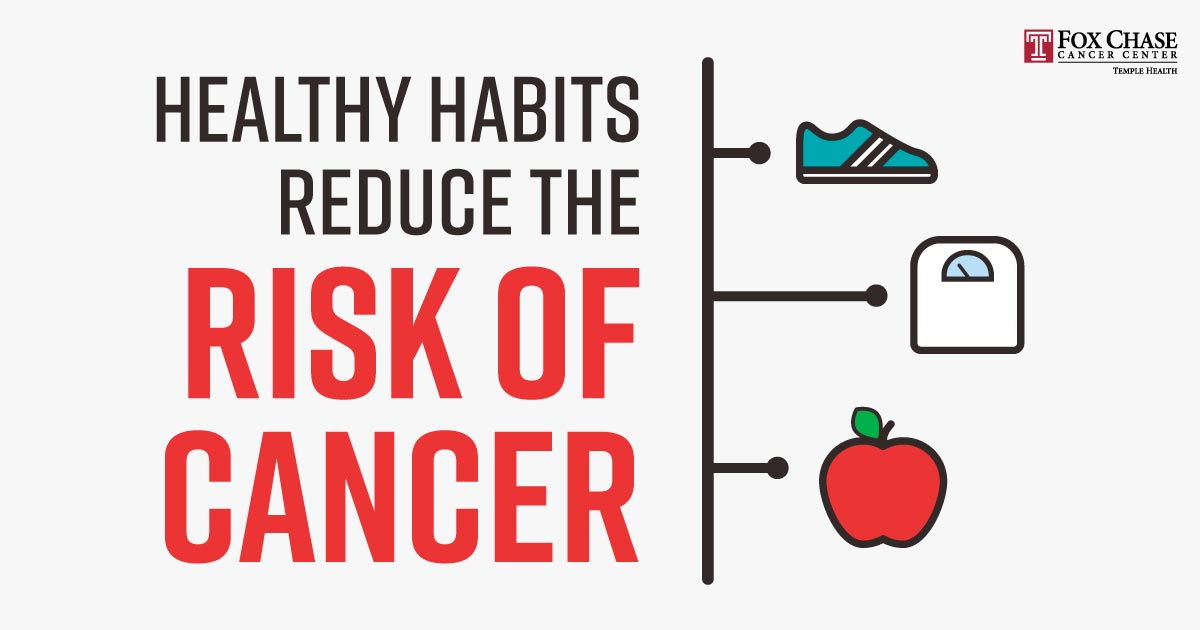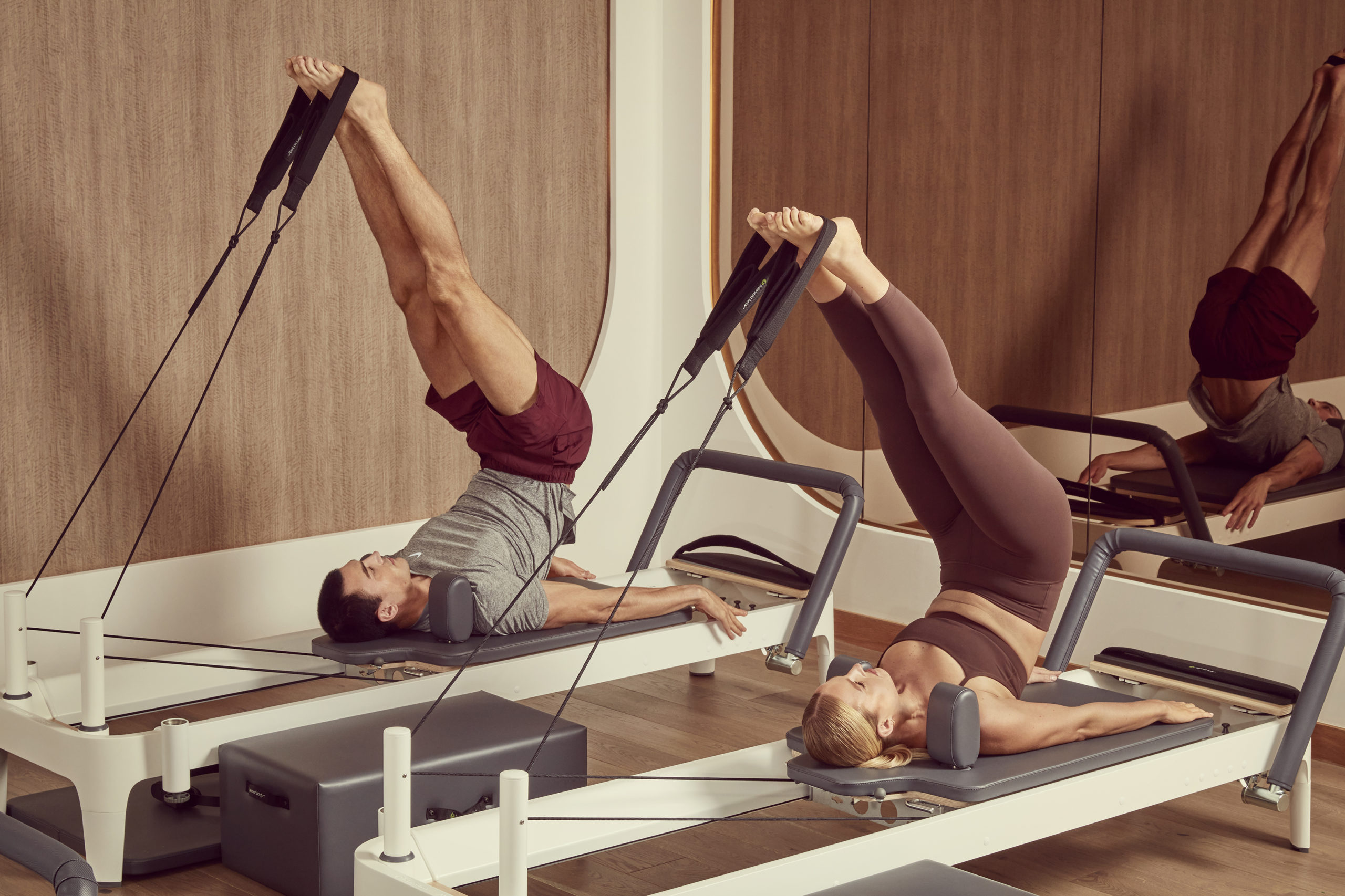
Pilates is rapidly gaining popularity as a low-impact exercise system that targets core strength, flexibility, and overall body conditioning. Whether you’re new to fitness or looking to diversify your workout routine, understanding Pilates and how it differs from other popular practices, like yoga, can help you choose the best exercise style for your goals. In this article, we will focus on Pilates as the primary subject, highlighting its benefits, unique approach, and how it contrasts with yoga.
What is Pilates?
This is an exercise system developed by Joseph Pilates in the early 20th century. Originally created for rehabilitation purposes, Pilates aims to improve physical strength, flexibility, and posture. The exercises emphasize controlled, precise movements and the engagement of core muscles, including the abdominals, lower back, and pelvic floor. Pilates can be performed on a mat or using specialized equipment such as the reformer, which provides resistance to enhance muscle strength and flexibility.
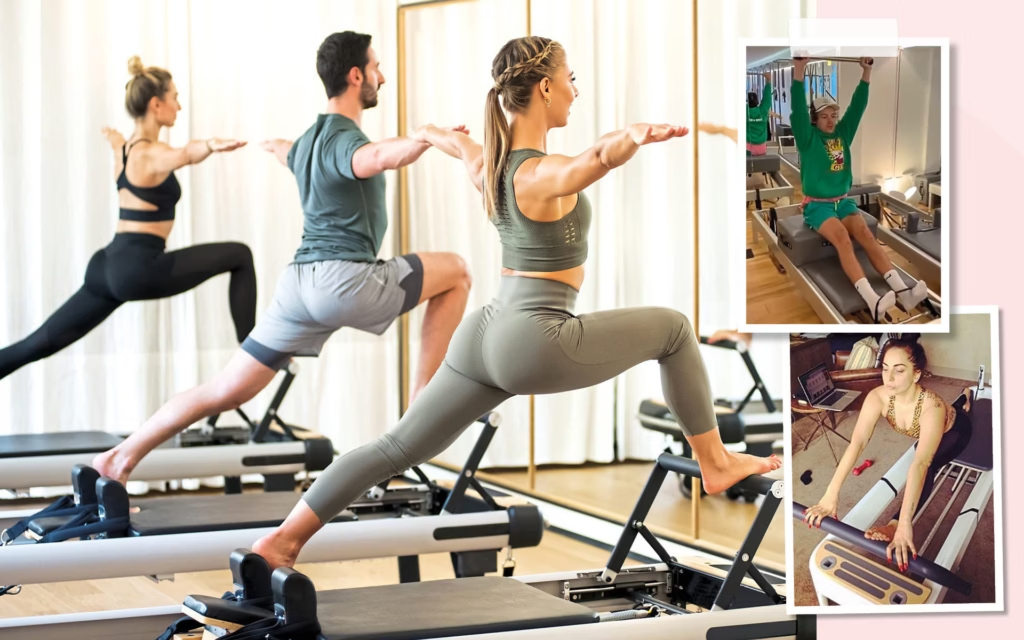
Key Characteristics of Pilates:
- Core Strength Focus: One of Pilates’ main focuses is the strengthening of the core muscles. The abdominal muscles, lower back, and pelvic floor are engaged in nearly every movement, providing stability and improving posture.
- Controlled, Precise Movements: Unlike high-impact exercises or aerobic workouts, Pilates focuses on slow, controlled movements. This precision ensures that each muscle group is effectively targeted.
- Breathing Techniques: Incorporates breathing to aid in movement control. The breath is coordinated with the movements, with inhalation to prepare the body for a movement and exhalation during the exertion phase.
- Mat and Equipment Work: Can be performed with just a mat or using equipment like the reformer, cadillac, or wunda chair. These pieces of equipment provide added resistance, which helps in building strength and toning muscles.
Benefits of Pilates
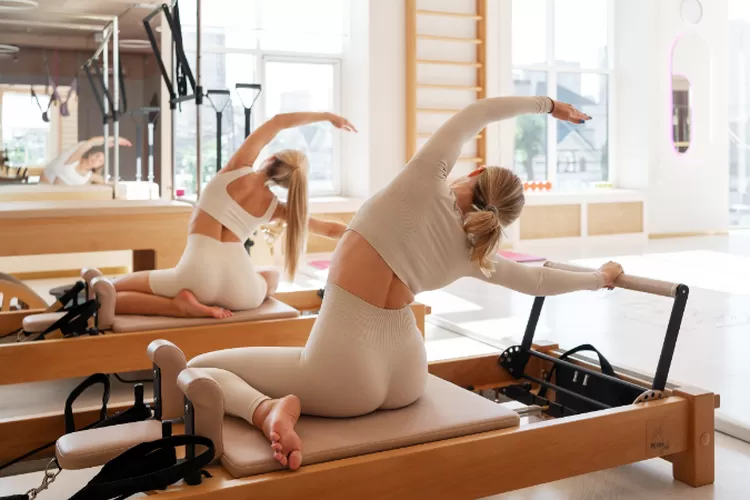
- Improved Core Strength: Pilates specifically targets the core muscles, helping you develop a strong, stable foundation. This not only improves posture but also aids in everyday activities by supporting the spine and pelvis.
- Enhanced Flexibility: By incorporating controlled stretches and movements, Pilates enhances flexibility in the spine, hips, and shoulders. This helps prevent injury and maintains joint health.
- Better Posture: Since Pilates focuses on core strength and alignment, it’s effective in improving posture by addressing imbalances and encouraging the proper alignment of the spine.
- Injury Prevention and Rehabilitation: Was originally developed for injury rehabilitation. Its low-impact nature makes it suitable for individuals recovering from injuries, as well as for those looking to prevent future injuries through proper body mechanics and strengthening.
- Increased Body Awareness: Promotes mindfulness through its slow, controlled movements. By paying close attention to your body’s positioning, you improve overall body awareness, which translates to better movement habits in daily life.
Pilates vs. Yoga: The Key Differences

While both Pilates and yoga offer excellent benefits for physical and mental well-being, they are quite distinct in their practices, techniques, and goals. Let’s explore how Pilates compares to yoga.
1. Core Strength vs. Full Body Focus
- Pilates: Focuses primarily on strengthening the core muscles, such as the abdominals, back, and pelvic floor, with each exercise targeting specific muscle groups.
- Yoga: Involves a full-body workout, including strength, flexibility, and balance. While core strength is engaged, the primary goal is to stretch and strengthen the entire body.
2. Movement Style
- Pilates: Known for its controlled, precise, and slow movements that are designed to improve muscle tone and flexibility. Movements are often focused on building strength and stability.
- Yoga: Involves flowing movements that are often synchronized with the breath, focusing on creating a balance between strength, flexibility, and relaxation.
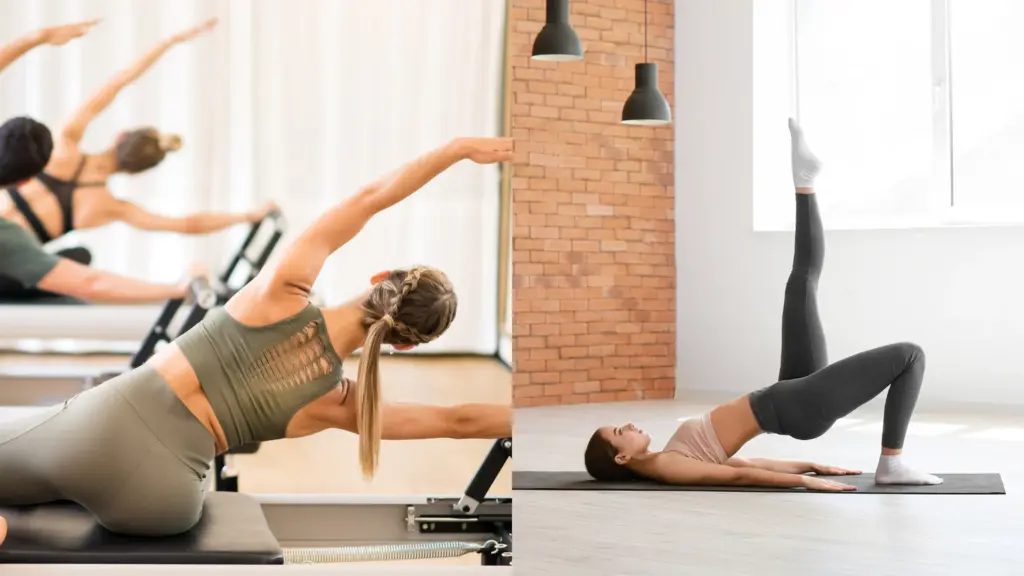
3. Breathing Techniques
- Pilates: utilizes lateral breathing, where you inhale through the nose and exhale through the mouth, coordinating breath with each movement to maximize control and stability.
- Yoga: Breathing in yoga is an integral part of the practice. There are various types of breathing exercises (pranayama) that focus on calming the mind, enhancing focus, and increasing the flow of energy.
4. Equipment Use
- Pilates: exercises can be done with or without equipment. However, the use of specialized equipment like the reformer or cadillac makes Pilates unique and adds resistance, allowing for more targeted muscle strengthening.
- Yoga: Typically performed on a mat with little to no equipment. Props like blocks or straps may be used occasionally to modify poses or deepen stretches.
5. Philosophy and Purpose
- Pilates: is primarily focused on physical fitness, including strengthening, toning, and improving posture. It doesn’t generally incorporate spiritual or meditative elements.
- Yoga: Yoga has a broader, more holistic focus. While it improves physical fitness, it also incorporates mental and spiritual aspects, such as mindfulness, meditation, and ethical principles, promoting overall well-being.
Which One Should You Choose?
The decision between Pilates and yoga depends on your personal goals, fitness level, and preferences.
- Choose Pilates if:
- Your primary goal is to strengthen and stabilize your core muscles.
- You prefer a low-impact, highly controlled workout that focuses on building strength and flexibility.
- You are recovering from an injury or need a workout that’s gentle on the joints but still effective in toning muscles.
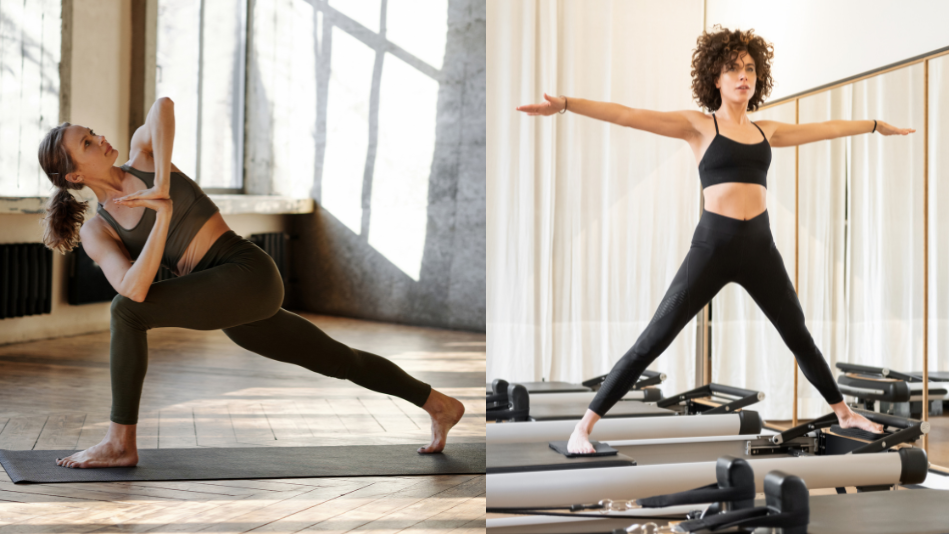
- Choose Yoga if:
- You’re looking for a practice that combines strength, flexibility, and mental relaxation.
- You enjoy flowing movements and breath-centered exercises that promote both physical and mental well-being.
- You want to explore meditation and mindfulness as part of your workout.
Pilates is a powerful exercise system that provides numerous benefits, particularly in building core strength, improving posture, and enhancing flexibility. It is a precise and controlled method of movement that targets specific muscle groups to tone and stabilize the body. While it shares some similarities with yoga, Pilates is more focused on physical fitness with less emphasis on spiritual or meditative aspects. Whether you choose Pilates or yoga, both can contribute to a healthier, more balanced lifestyle. By understanding the differences and benefits of each practice, you can choose the one that best aligns with your fitness goals and overall well-being.

